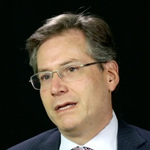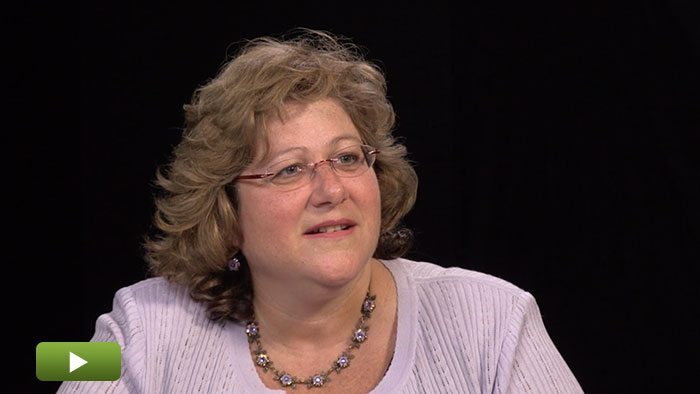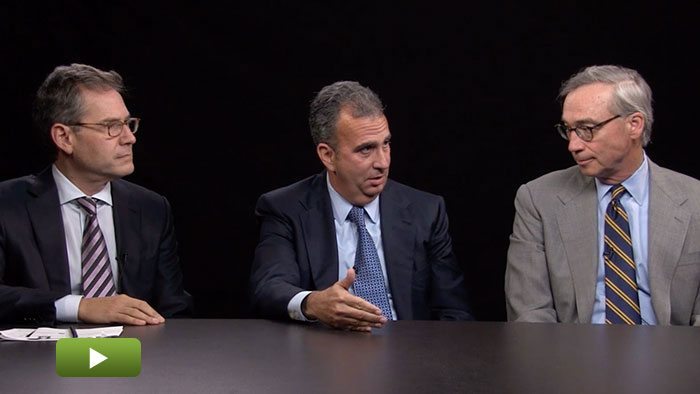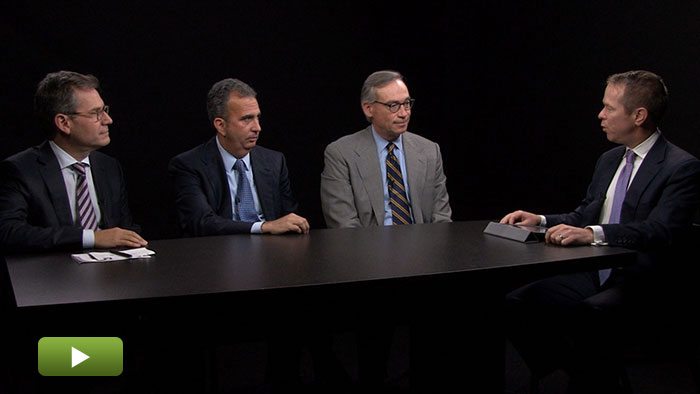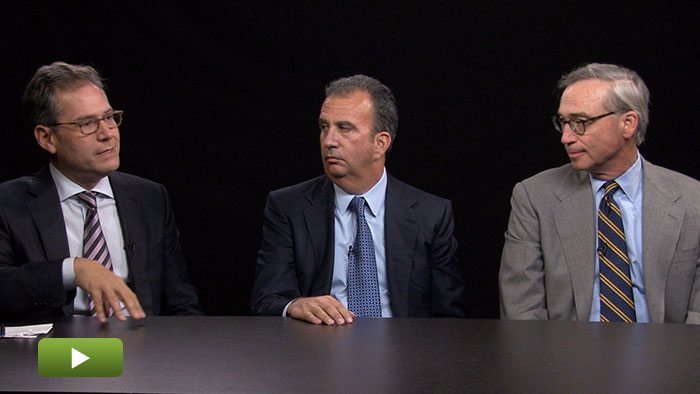Fact: GPs Hold LP’s Investments Longer
In the final installment of a four-video series exploring facts that could change the way the PE industry is viewed, experts from W Capital Partners, Gen II, and BlackRock talk about why it is taking LPs twice as long to get their money from GPs as it did in the past. The panel also discusses the impact of this trend on return profiles, and what that does to the GP-LP relationship.
Transcript Download Transcript
Fact: GPs Hold LPs’ Investments Longer
Four Facts About the State of PE
David Snow, Privcap: Today, we’re joined by David Wachter of W. Capital Partners, Steven Millner of Gen II Fund Services, and Russ Steenberg of BlackRock Private Equity Partners.
Today we’re talking about mind-blowing facts that will change the way you view the future of the private equity asset class. I’m joined by three experts who are going to guide us through one particular fact, which is, in today’s market, it now takes about twice as long for LPs to get their money from GPs as it did in the past. So in other words…well, let’s let David Wachter walk us through the nuance of that. What does it mean when we say it takes twice as long for LPs to get their money back?
David Wachter, W Capital Partners: Sure. Since this conversation’s about data, I’ll give you a couple of numbers. A five-year-old fund today, on average, has distributed about 40 percent of an investor’s money back. Go back to ’07, an average fund, at that point, had given investors about 85 percent of their monies back. Take it to seven years: A seven-year-old fund, back in ’07, has given investors 100 percent of their capital back. And of course, what’s left is profits.
Today, a seven-year-old fund, on average, has given back investors about 70 percent of their money. Take that same seven-year-old fund today and the RVPI—which is remaining value as a percentage of capital called—is about 95 to 100 percent. So what it means is, after seven years, 100 percent of investors’ capital still remains in deals in the portfolio.
Snow: So, Russ, what does that mean for the way an investor experiences a private equity investment? At year seven, they only have 70 cents back on the dollar they put in. How does that change the return profile? How does that change the way they even structure their portfolio?
Russell Steenberg, BlackRock Private Equity Partners: Well, mathematically, it changes the return profile. It means you get a lower internal rate of return, because it took you longer to realize the capital. Now what we’re seeing is, money multiples aren’t changing a whole lot, but your duration is. So therefore, internal rates of return are coming down a little bit. I think you’re seeing that across the whole industry.
The issue is the economy’s changed. And in the cycle changes, are we going to revert back to a more normal distribution pattern or return pattern that you see in a private equity world?—which, as David has indicated, in the buyout world is typically, depending upon where the cycle is, get-your-money-back or duration measure is someplace between four and six years. And if it’s in the venture world, it’s typically in the six-to-eight-year kind of time frame, though his numbers have all been elongated. Whether it’s a permanent shift or whether it just happens to be part of the cycle, it’s something that time will tell us.
Snow: And Steve Millner, there is an organizational consequence for longer, I guess, marriage periods, if we want to use a marriage analogy. A lot of these partnerships started life with the expectation that they’d get their money back by seven years, and then the profits will start to come in. And that has been protracted. So what’s it doing to the infrastructure of the private equity firms and to the relationships between the GPs and the LPs?
Steven Millner, Gen II Fund Services: It’s really an interesting time to look at that, because as duration has gone by and the multiples may be there… You know, if the GPs haven’t gotten into carry by a certain point, their personal and their business economics have changed.
Remember that you may have a bunch of junior partners who had a piece of the carry. And they haven’t seen that, and that’s something that they signed up for, so they’ve got to recalibrate. Oftentimes the senior folks need to help the junior folks recalibrate, so there’s a big internal dialogue going on regarding that.
Snow: David, you spent a lot of time with fund managers who have legacy assets and relatively old long-in-the-tooth funds. How do incentives change as funds enter their 11th, 12th, 13th, 14th year? And can they become perverse?
Wachter: Yeah, I think this group and anyone watching the video knows that motivations and interests diverge, depending upon where performance is. Funds that are well into carry year 11 and 12, everybody’s in the same motivation category. When funds are below their hurdle rate—and about a quarter of all funds are below the 8 percent target threshold for net IRR—incentives change and motivations change. The only way to clear it, particularly late in the life of a fund, is by taking excess risk or more significant risk.
Funds that are under water and funds that are in clawback have a completely different set of motivations and incentives than any fund that’s either in the middle or in the well-performing category. And frankly, even a healthy firm that’s on fund four, five, or six is going to have funds in each of those three categories over the life of a firm. So you just hope a firm has enough sustainability and stability in its partnership that it knows how to treat all prior funds in the right way, which is orderly growth and orderly liquidity for their LPs.
Snow: Is it your sense that a lot of the GPs in business today contemplated that there was the possibility that some of these partnerships would last so long? And were they prepared, from an organizational perspective, to have a big part of their organization looking after assets that are getting 10, 11, 12, 13 years old?
Millner: These businesses are prepared to manage assets. So whether it was in fund one or fund two, or fund two got delayed because fund one was running a little longer, I don’t think it really ultimately affected the way they think about how they had their internal assets deployed and ready to go in the resources. I think, if you ask somebody, they’d probably say, yeah, they’re a little surprised that it took as long as it did to get liquidity. And that the portfolios probably, on average, have more names in them than they would’ve thought. I don’t think that that’s really negatively affected anybody. I think most good firms were prepared to deal with this.
